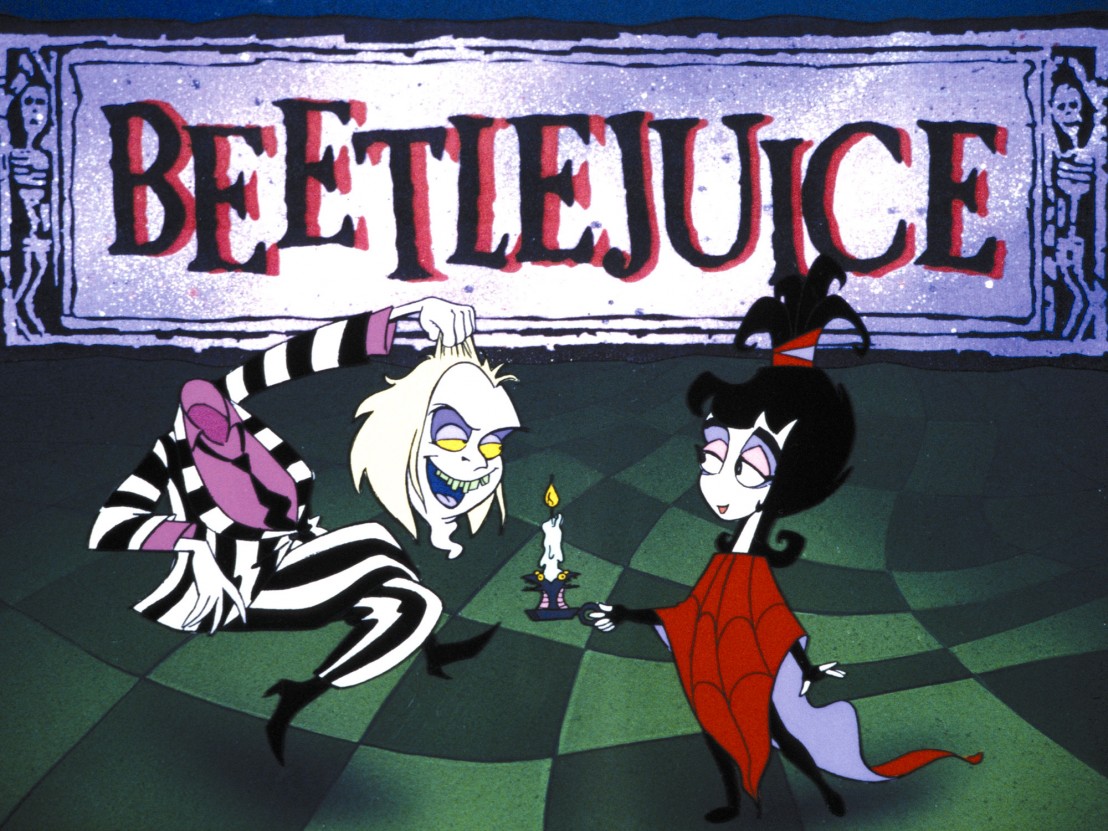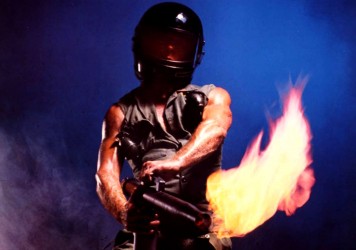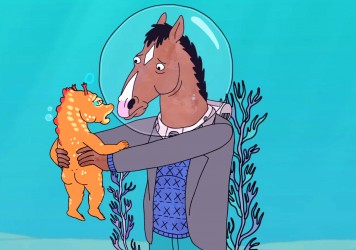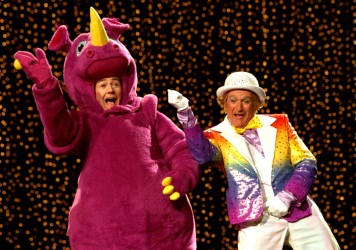
In the 1990s it seemed that any Hollywood blockbuster, regardless of its appeal to children, would eventually be turned into a tie-in Saturday morning cartoon. This bizarre phenomenon saw everything from The Mummy to Little Shop of Horrors making their way onto our television sets. With the current blockbuster season drawing to a conclusion, we take a look back at 10 of the best (and worst) cartoons to emerge from this peculiar period.
Not to be confused with the Godzilla series from the ’70s, which is still fondly remembered by fans of the Japanese monster, this one is based on the widely dismissed Roland Emmerich film from 1998. Set in the wake of the events of that blockbuster, the series follows a group of scientists known as H.E.A.T who battle a number of elaborate monsters on a weekly basis with the help of Godzilla himself. There isn’t anything particularly original to speak of here but the variety of creatures on show makes it slightly more interesting than the film it was inspired of.
To capitalise on the 50th anniversary of the beloved 1939 musical, DIC Entertainment decided to produce an animated version of The Wizard of Oz. The Wicked Witch of the West has risen again and Dorothy is brought back to Oz in order to foil her once more. The Cowardly Lion, The Scarecrow and The Tin-Man are also present and there is something to admire about the detailed accuracy of the series in comparison to the film. Aside from that, it’s a pretty garish and tedious attempt to reinvent a classic.
Rather than have Daniel master martial arts and continue to compete in tournaments, The Karate Kid series saw him and Mr Miyagi embark on a globetrotting quest in search of a sacred shrine. This contrived formula becomes increasingly tiresome, but considering this was from the people that brought us GI: Joe, the action sequences are kind of awesome. It’s also worth noting that this bears almost no resemblance to the movies.
Despite coming out just three months after the release of the first Men in Black movie, this cartoon series appears to exist in a world where that film didn’t take place. J is still learning the ropes at the agency and K is still employed and active in the field. There isn’t a whole lot to shout about here, as the series basically just sees the two leads defeating different aliens each week. Astonishingly, MiB: The Series ran until 2001. We can only presume its lasting appeal had something to do with Will Smith’s famous theme song playing over the end credits.
In a rare case for this trend, actors from the original films – Keanu Reeves, Alex Winter and George Carlin – voiced their respective roles in this series, although their characters are virtually unrecognisable. Although Wyld Stallyns still exist, both Bill and Ted are far more intelligent and considerate than the slackers we initially came to love. The series continued the time travel gimmick of the films but our heroes could now inexplicably transport themselves into books and TV shows. This dull reimagining of Bill and Ted didn’t last long, and neither did the live actions follow-up from 1992.
Whereas many series on this list are extensions of the films they are based on, this Jumanji spin-off explored an aspect of the original 1995 blockbuster that was mentioned but never actually realised. Rather than taking place in mid-’90s US suburbia, this cartoon transported viewers to the dangerous and mystical jungle of Jumanji, complete with the film’s original hero Alan Parish and the sneering hunter Van Pelt. The show also maintained a consistent narrative throughout its run, that of Parish searching for an escape from Jumanji, a rare trait of any series of this ilk – and for that it should be applauded.
Anything produced by Tim Burton in the ’80s and ’90s was a natural fit for animation due to his exaggerated visual style, yet Beetlejuice remains the only one of the director’s films to have been turned into a cartoon series. This version followed the escapades of the eponymous ghostly con man and his friend Lydia in both the real world and the Nether World. Despite having a distinct look, the stories are merely farcical comedies and even began to parody Hollywood classics, such as It’s a Wonderful Life and Shane, towards the end of it’s run. It was a big hit with audiences and received a Daytime Emmy Award for Outstanding Animated Program in 1990.
For the most part, Back to the Future operated as a historical education programme with nearly every episode taking place in the past. This wasn’t to the show’s detriment as it managed to continue the strong camaraderie that existed between Marty McFly and Doc Brown in the films. It also explored the Brown family set-up, something that fans only got a glimpse of at the end of Part 3, with Mary Steenburgen reprising the role of Doc Brown’s wife, Clara. The various ancestors of franchise nemesis Biff were also along for the ride and the series did a good job of referencing its original material. However, the most interesting thing about this series was the inclusion of Christopher Lloyd in live-action segments in which he would conduct experiments with actor Bill Nye, who went on to present his own science show in the mid-’90s.
Jackie Chan was not the first cult Hollywood star to receive his own animated series (Chuck Norris and Mr T had already been immortalised in cartoon form by the time Jackie Chan Adventures aired). But this show stands head and shoulders above the rest for actually trying to build Chan’s brand beyond more than just kung-fu. Arriving in 2000, this series wasn’t based on any of Chan’s films but instead cast him as an archeologist who was forced to battle the evil Dark Hand organisation. It wasn’t afraid to reference Chan’s movies either, showcasing a level of humour, intelligence and action that moved it beyond the realms of a mere cash cow for a celebrity.
Of all the above cartoons, none are more curious than this trio inspired by Jim Carrey’s breakout films from 1994. Why? None of them were directly aimed at kids. The Mask was a comic book before it became a film, making it an obvious choice for a series. Ace Ventura’s antics and slapstick mannerisms translated to the small screen and there was even a crossover episode between the two. By contrast, Dumb and Dumber did not seem like a natural fit for television, but it worked all the same. Dumb and Dumber boasted the same surreal charm as Ren & Stimpy and the unique look of many classic Cartoon Network shows from the same era. It was nowhere near as successful as The Mask or Ace Ventura and was duly cancelled after just one season, but much like the film it had a bleak, broad and idiotic sense of humour that made it very funny.
Share your memories of your favourite ’90s cartoon spin-off with us at @LWLies.
Published 12 Sep 2016

By Wil Jones
They may seem tame today, but during the home video boom even the trashiest cover artwork could prove intensely effective.

By Tom Williams
The stand out episode of the third season underscores the show’s uniqueness and unpredictability.

By Sophie Yapp
There’s never been a better time to revisit Danny DeVito’s cult comedy.